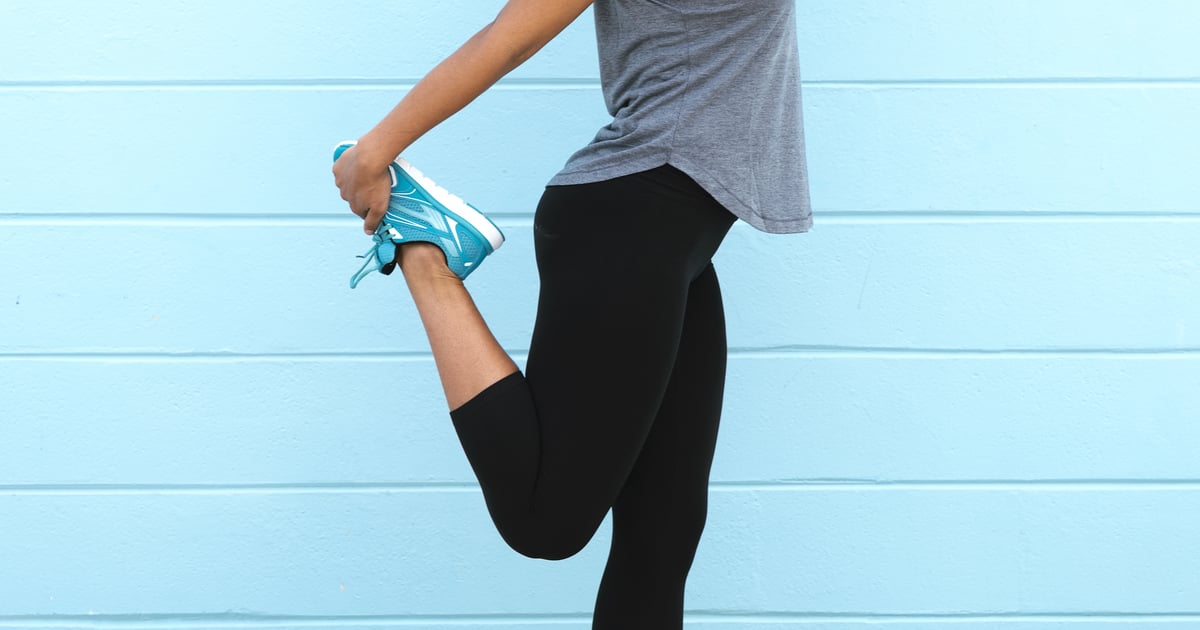Sometimes it can be hard to keep track of all the different types of training methods out there and why they even deserve a spot in your workout routine. But if joint health and preventing joint injuries are top concerns though (and they should be!), it’s worth adding mobility training to your fitness vocabulary.
According to Dr. Kristen Lettenberger, PT, DPT, CSCS of Bespoke Treatments NYC, it’s important to really understand what mobility is to fully understand the concept of mobility training.
“Mobility is the amount that a joint can move through a range of motion, compared to flexibility, which is the amount a muscle can extend or its length,” Lettenberger says. “Mobility training can be anything from a dynamic warmup to a full session focusing on improving a single or multiple joints.”
This training method is especially important for the health of your joints because it helps increase your joints movement variability, therefore reducing your risk for injury.
“Mobility training is most beneficial for the areas you feel restricted, but shouldn’t be limited to just those areas,” Lettenberger says.
While you might have never used the phrase in conversation, there’s a good chance you’re already adding mobility training into your weekend workout schedule without even knowing it.
“Most of the time in strength training and endurance routines, you begin with a dynamic warmup, followed by static stretching, both improving your joint’s range of motion,” Lettenberger says. “Also, any functional movement through a full range of motion with an external load is a great way to train and maintain a joint’s range of motion. This can include overhead squats, deadlifts, or more specific exercises such as kettlebell windmills and Turkish get-ups — all leading towards decreasing your chances for injury and improving your recovery.”
Lettenberger says the training method is recommended for most, but if you have an existing injury, or have pain performing a movement or in your joint, you should speak to your doctor or a physical therapist before beginning a program or changing up your fitness routine with something new.
If you have the green light, though, trying mobility training is as easy as adding the below exercises, curated by Lettenberger, to your warmup, cooldown, or as a recovery session two or three times a week.
When performing the exercises dynamically as a warmup, Lettenberger says to perform each move 3-5 times. As a cooldown, perform them for longer holds for 15-30 seconds. And, as a daily addition, each move can be performed 5-6 times.
